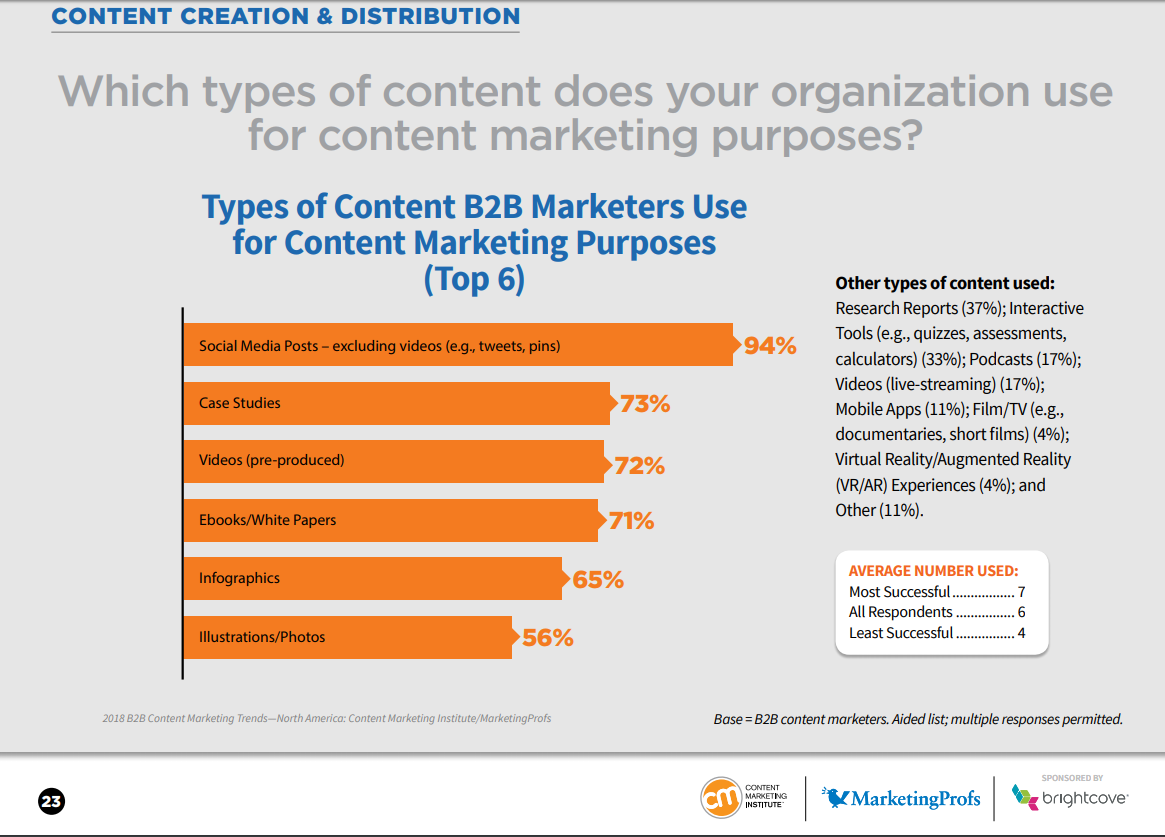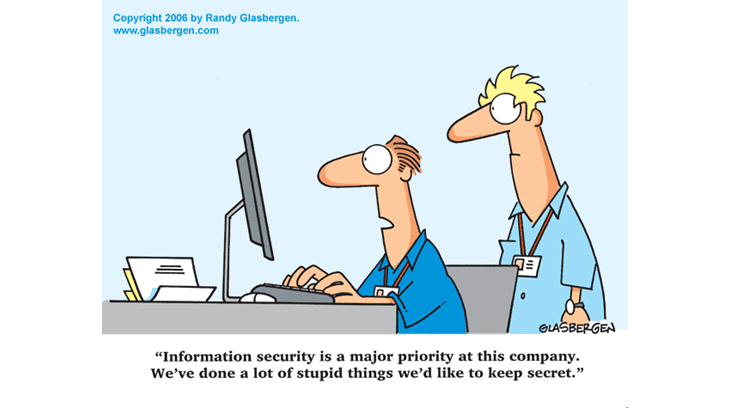Last week, we discussed the use of Social Media in B2B settings for SMEs. This week,we will continue with the Large Enterprise use case.
The Large Enterprise Decision Journey – Engaging across Silos
For large enterprises, processes are more developed. So, there are more actors involved in decision making. The organisations are also very partitioned and sometimes even silo’d, making decisions may seem very incoherent. Those who write the specifications may not be buyers. Those who buy may not be users.

Fig 5. Customer Actors and Roles of Social Media for Large Enterprise customers
I have spent much of my working life selling to telecom operators, government and banks. Each group of decision-making actors is only responsible for a stage in the buying process. Cross-influence is designed out of the system for governance reasons. Marketers will have to understand and target the different groups of decision makers constantly and not just a particular group occasionally.
As an example, you will have to constantly create new content on social media and digital ads so that your advocates can use those to Inspire their followers.
B2B Social Engagement Channels
You will need to constantly monitor mentions of your brand and increase Search Engine Optimisation (SEO) so that your brand will appear on searches when prospects are doing their research.
Just as consumers read product reviews before buying, enterprise evaluators and buyers too will read reviews and ratings. Personally, I have been asked before by evaluators on unfacourable reviews and bad word-of-mouth news from previous users. So marketers who encounter bad reviews should prepare your sales teams. Which is why marketing is not only Marcom.
Then, you will need to make it easy for product end-users to engage with the brand and then amplify their positive posts about the brand. If you have brand pages that provide social media support, questions and complaints will need to be addressed quickly, even if they come from consumers. From my experience, large and medium enterprises seldom use social support as they usually have dedicated account support. But small and micro enterprises will use these channels, much like consumers. So being in B2B does not mean you can ignore social media feedback.
Using Brand Advocates and Ambassadors
Finally, every brand has advocates. B2B brand advocates are even more important because they have a disproportionate influence on small and micro enterprises. There has to be strong programs to nurture true advocates and to keep them engaged.
Globe Telecom is one good example where their MyBusiness brand has harnessed the power of brand ambassadors, advocates and influencers for their SME business.
Medium enterprises tend to fall between Small and Large depending on their industry vertical and maturity.
Most importantly, while companies enforce a process for acquisition decisions, it is people who make the decisions and who execute. These people seek information and opinions from trustworthy resources. These people are not devoid of emotions. They can get excited, curious, get angry, frustrated and be made happy again based on their interactions on various channels and touchpoints with the company. Some of these channels are inevitably social media.
Just as consumers find their own channels to complain if you do not have any social media presence to let them vent their frustrations, B2B customer will do the same too. It is better to contain some part of the conversations on your own property than to let bad news and rumours go into the wild.
Engaging with Content
Once you have decided “Where” and “How” your customer potentially consumes media, you will then have to decide the “What” and “When”.
I am a strong believer of content marketing. It adds value to end customer. White papers, videos, FAQs, past presentations on Slideshare, product reviews, recorded webinars on YouTube, LinkedIn Group posts, Facebook launches for SMEs are all welcomed. Unlike consumers, B2B customers and prospects do not have as much time. If the information is coming through an unsolicited channel like a LinkedIn newsfeed, it had better be inspiring, useful or relevant in that order. Anything else will be quickly ignored. Cross linking will improve searchability.
In my personal experience, original content will get you at least 2 to 5 times the viewership of re-posted content.

Fig 6 What is the Best Content? (from Content Marketing Institute)
Live events is now a new feature an many platforms. Use Twitter hash tags in live events. Facebook Live! YouTube Streaming, Instagram Live for your new product launches and user events. The uptake and engagement is very good for Millennials, not so well for time-constraint executive management.
It pays to be consistent. Content creation is a discipline. Why do you subscribe to newsfeeds and content feeds? Because they are consistent, of quality and they add value. Social media events are not standalone. You must always run a social media calendar that is coordinated with your corporate calendar, including corporate buying seasons like Christmas, Chinese New Year and Autumn Festival, and annual budgetting cycles (in case there is unspent budget).
So Which Social Channel?
Which social media channels should the B2B social marketer look at? It depends on your audience and what you will want to measure. For general B2B, LinkedIn has a significant lead, not only in the quality of audience but also the ability to qualify and follow up because the follower profile holds distinct clues of respondents (position, industry vertical, department, company size, posted content if any, connections). Facebook can be more relevant to SMEs and Instagram to Millennial buyers.

Fig 7 Social Media Choice of B2B Marketers (from Content Marketing Institute)
For enterprises new to social media, don’t be shocked by the low marketing and sales conversion rates. We will talk about social media ROI in a separate blog post.
In conclusion, the basic factors of marketing all apply to the B2B market just as they would to B2C market:
- Know your customer: Enterprise Segmentation
- Know here they hang out: Understanding the customer decision (and support) journey
- Give them what they want, when they want it: Engaging with a value proposition at the right time
- Find and Nurture brand advocates: Where possible, convert the best customers to spread your brand






I located your site from Google as well as I need
to state it was a great discover. Thanks!